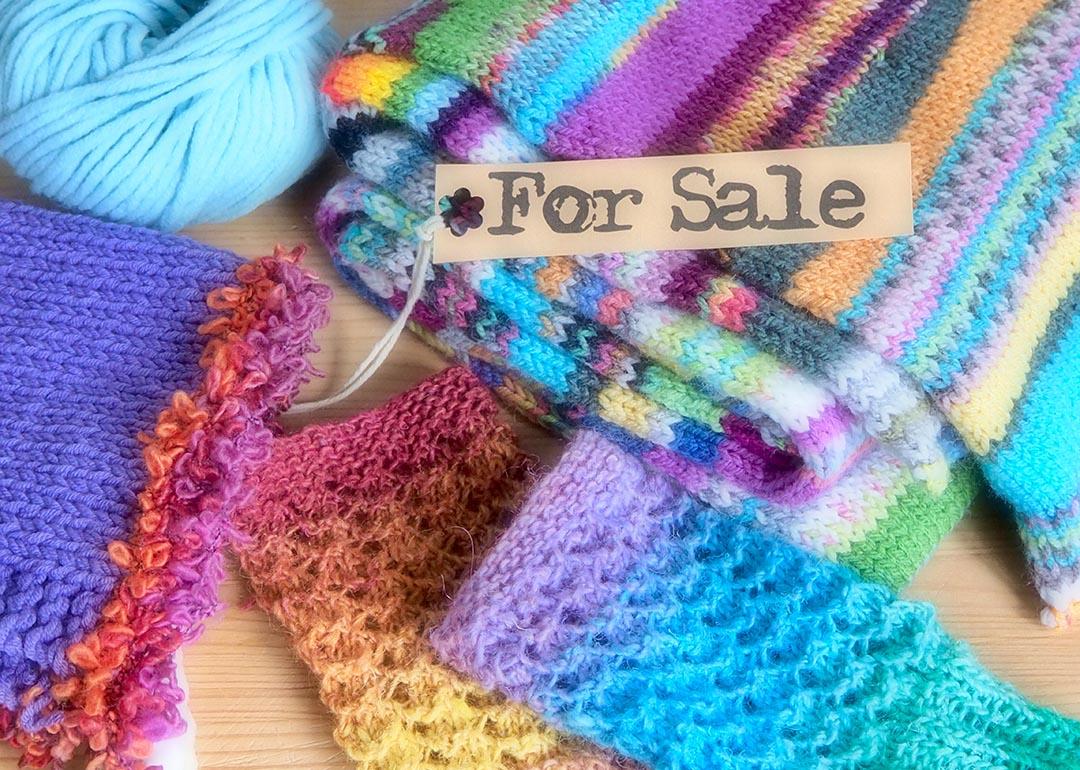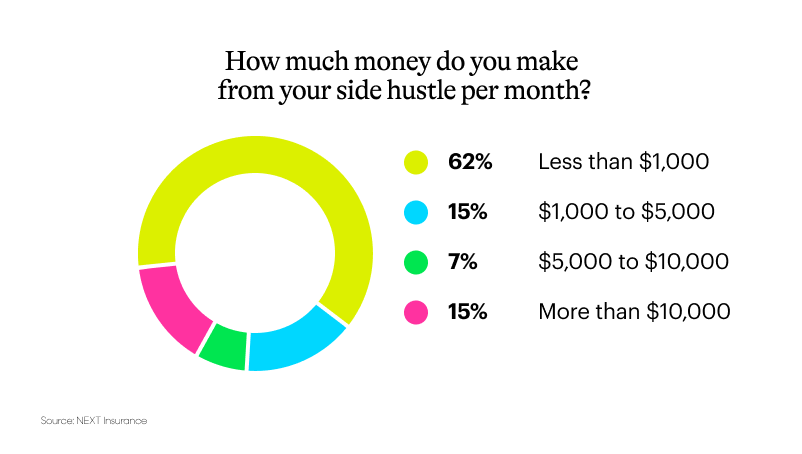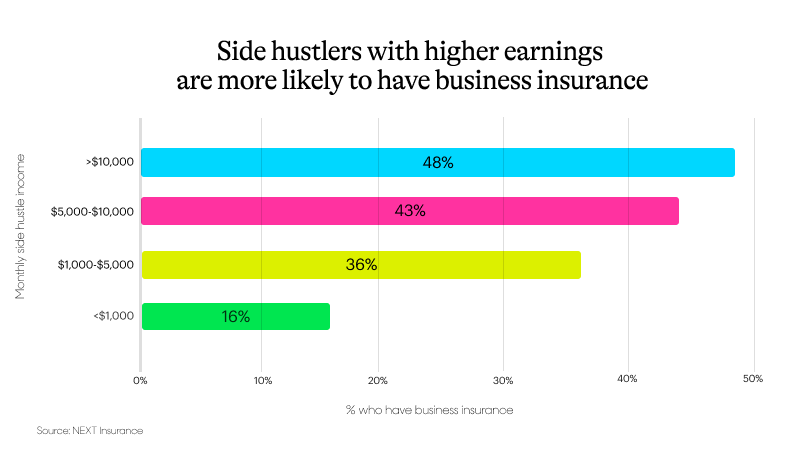
Inflation and economic factors drive 38% of people to get a side hustle
This story was produced by NEXT and reviewed and distributed by Stacker Media.
Inflation and economic factors drive 38% of people to get a side hustle
If it seems like more people have side jobs these days, you're right. Over half of Americans have added a side hustle to supplement their primary income in the past twelve months. (A side hustle is a business that is not your main source of income.)
But why? Is it to have some extra pocket money or develop a passive income? To pursue their passions? To explore new opportunities or develop their skills further?
NEXT Insurance was curious about this rising trend. While side hustles offer flexibility, creativity and the potential for financial growth, as with any business venture, there are risks involved. And the more people earn with their second job, the more likely they are to protect their business.
We surveyed people with side hustles in March 2024, obtaining responses from 1,000 individuals between the ages of 18 and 64 across the United States.
Economic causes and inflation drive people to start side hustles
When asked about what motivated them to start a side hustle, 38% of survey respondents cited gaining income due to economic conditions as their primary motive.
This tracks with U.S. economic influences since the pandemic: recession concerns, rising prices and supply chain disruptions, tight labor markets and sluggish wage growth.
With inflation and other factors that have impacted the cost of living, people may struggle to meet their financial obligations with their primary source of income alone. Taking on a side hustle provides a means to reduce the impact of economic uncertainty and increase financial stability.
Other motivators to start a side hustle from our survey results:
- 23% started their side hustle as a creative outlet or to follow their passion.
- 15% aimed to expand their skills and knowledge to advance their careers.
- 12% saw their side hustle as a business opportunity after a layoff.

Majority of side hustlers earn less than $1,000 per month — and use it to make ends meet
While many have taken up a side hustle, it remains exactly that: a side job and not a way to make a living. The survey revealed that the majority of side hustles (62%) earned less than $1,000 per month.
Twenty-two percent of side hustles earned between $1,000 and $10,000, while 15% earned over $10,000 monthly.
Over a quarter (28%) of respondents turned around and spent their earnings to help make ends meet.
This comes as no surprise as Americans are experiencing record inflation across the board, eating into their wallets. Food prices increased by 10% in 2022 (faster than any year since 1979) and again by 6% in 2023. Gas prices peaked at $5.02 per gallon in 2022, and electricity prices are outpacing annual inflation rates.
- 20% of respondents reinvested in their side hustles.
- 18% saved their earnings in savings accounts and 401Ks.
- 11% reinvested in themselves through training and courses.
- 5% invested in social media campaigns and ads for their side hustles
- 31% of respondents used their earnings for other purposes.
Most people don't buy business insurance for side hustles
Only 27% of respondents reported having business insurance for their side hustles, leaving a significant majority (73%) without coverage.
Results indicated a positive correlation between side hustle earnings and the likelihood of having business insurance. The more respondents earned, the more likely they were to protect their businesses.

Why side hustles may need business insurance
Many people with side gigs may think, "Why should I get business insurance? It doesn't warrant it." But even side gigs have risks associated with them. You don't need to be an established, full-time business owner to have to pay for damages or get caught in legal disputes.
Here's how business insurance can protect side hustles.
Protection against liabilities
Business insurance safeguards businesses from potential liabilities, such as accidents and injuries, property damage or legal claims. It can help cover the costs associated with these incidents, protecting your personal finances.
For instance, if you sell things in an Etsy store, business insurance can help protect against product liability. Or, say a very angry client wants to take you to court because they claimed you did a terrible job. Professional liability coverage can help pay for some of your defense expenses (up to the limits of your policy), including your lawyer and legal fees.
Business continuity
Things you can't plan for, like a fire, water damage, accidents or theft, can stop a side job and make it hard for a business to operate. Business owners can lessen these risks if they have the right coverage.
For example, business interruption insurance can help pay for lost income and ongoing expenses if a covered event briefly stops your side hustle from running. This coverage can help side hustlers get back to work without losing a lot of money.
Protection of your investment and sweat equity
Sometimes, having a side hustle can feel as demanding as your main job, especially when facing the uncertainties and risks associated with business operations. Having business insurance can offer the reassurance you need, allowing you to focus on growing the business and pursuing passions without constantly worrying about potential risks.
Similarly, business insurance encourages those who want to venture into entrepreneurship via a side hustle or go full-time with it. Think of it as a safety net for your finances.



